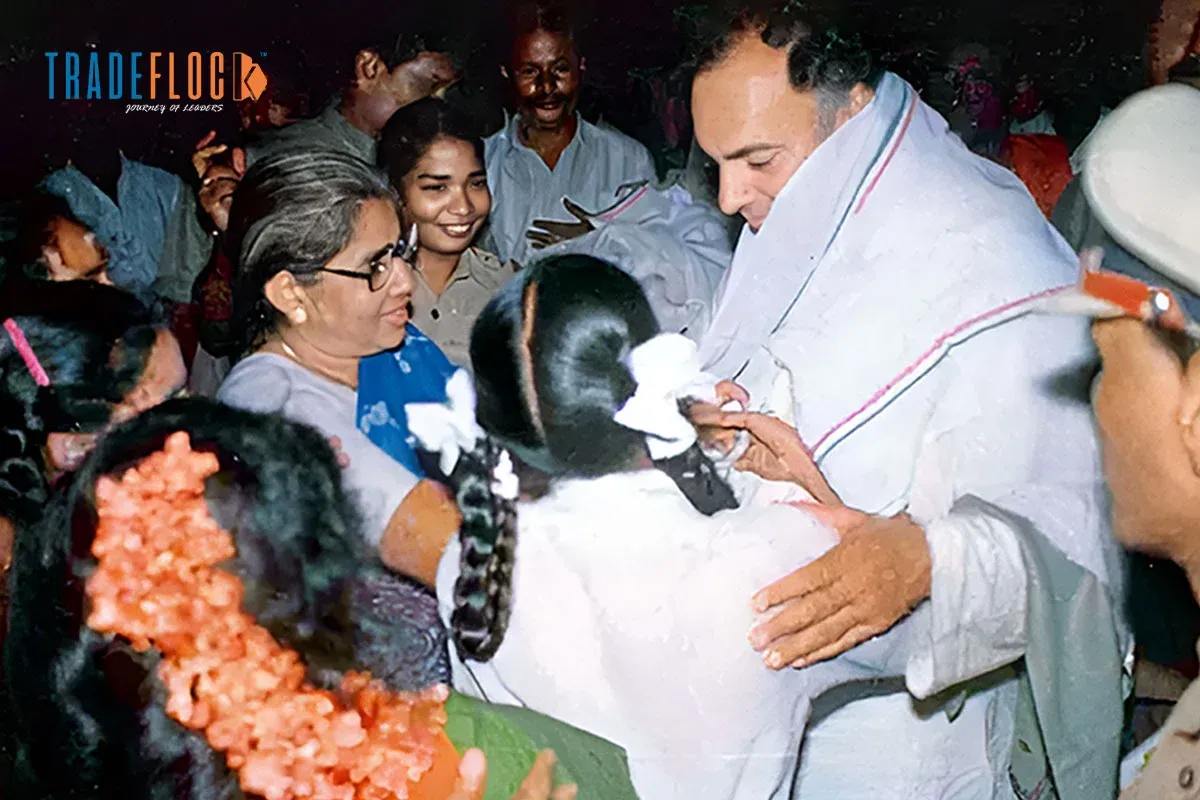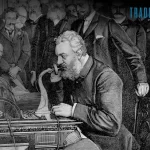On 21st May 1991, the former Prime Minister of India, Rajiv Gandhi was assassinated at Sriperumbudur, a village located approximately 40 km from Chennai(then it was Madras). He was assassinated at 10.10 pm, while campaigning for the then Lok Sabha Congress candidate of Sriperumbudur, for the forthcoming Lok Sabha elections of 1991.
A woman who was later identified as Thenmozhi Rajaratnam, approached Rajiv Gandhi in that public meeting, greeted him and then bent down to touch his feet. While bending down, she detonated a belt with 700 gm of RDX explosives hidden under her dress. The suicide bomber was a member of the Tamil militant organisation named Liberation Tigers of Tamil Eelam(LTTE).
The explosion killed not only the sixth Prime Minister of India(31st October 1984-2nd December 1989) and the assassin but also at least 14 other people. Rajiv Gandhi was just 47-year-old at the time of his brutal demise. The assassination was captured by a 21-year-old local photographer named Haribabu, who too was killed in the blast though his camera remained intact.
The seven other co-conspirators in Rajiv Gandhi’s assassination were released from jail in November 2022, after serving a sentence of more than 30 years. Four of these former convicts were given death sentences, which were later commuted.21st May, the day of assassination of Rajiv Gandhi, is being observed as the Anti-Terrorism Day in India.
Table of Contents
Stance Against Militancy
Rajiv Gandhi paid with his life largely because he incurred the wrath of the LTTE chief Prabhakaran, which rose from Rajiv’s sending the Indian Peace Keeping Force (IPKF) to Sri Lanka. The main aim of IPKF was to disarm the different militant groups operating in Sri Lanka during 1987-90, chief of whom was LTTE.
The Indian Peace Keeping Force (IPKF) was established in accordance with the 1987 Indo-Sri Lankan Accord, which aimed to resolve the ongoing Sri Lankan Civil War between Sri Lankan Tamil militant groups and the Sri Lankan military. On 30th July 1987, a day after Rajiv Gandhi went to Sri Lanka and signed the Indo-Sri Lanka Accord, he had an assault on him by a Sri Lankan honour guard named Vijitha Rohana. Rohanna tried to hit him with a rifle. Rajiv Gandhi’s quick reflexes saved him from serious injury.
Furthermore, by reversing the 1988 military coup in Maldives, Rajiv Gandhi’s administration also attracted enmity of other Tamil militant organisations like PLOTE.
Landslide Victory
In 1984, Rajiv Gandhi became the youngest PM of India, at the age of 40. He was born on 20th August 1944, in Bombay(now Mumbai) to Feroze and Indira Gandhi. He took the august office of PM following the assassination of his mother and the then PM of India, Indira Gandhi, on 31st October 1984, by her own bodyguards, Satwant Singh and Beant Singh, in the aftermath of the Operation Blue Star. Rajiv, who was a pilot by profession, entered politics at the urging of his mother, after the tragic accidental death of his younger brother Sanjay Gandhi in a plane crash, in 1980.
In 1981, Rajiv won his late brother’s Parliamentary seat of Amethi and became an MP in the Lok Sabha. He was subsequently made the General Secretary of the Congress party and given responsibility in organising the 1982 Asian Games, which was held in Delhi.
During the first three days of his Prime Ministership, the capital witnessed violent ant-Sikh riots by organised mobs. In December 1984 Lok Sabha elections, under his leadership the Congress party won the largest majority in Lok Sabha to date, by winning 411 seats out of 542. The stupendous success of the Congress party at the 1984 Lok Sabha elections could probably be the result of the sympathy wave generated by Rajiv Gandhi as he suffered his mother’s death one month earlier.
Strengthening Telecommunication
One of the major contributions of Rajiv Gandhi was to greatly strengthen the telecommunication infrastructure of India. During his tenure as PM, public sector telecom companies MTNL and VSNL were founded.To Rajiv Gandhi goes the credit of taking telephones to the rural masses of India.
He can also be credited for computerisation in India, which over the course of decades paved India to emerge as an IT power. His government permitted the import of fully assembled motherboards, which led to the reduction of the price of computers in India.
Bofors and Women Empowerment
Another of the important highlights in Rajiv’s tenure as the PM was the Bofors controversy, which tainted his reputation significantly. It entailed alleged bribing by the Swedish arms company Bofors through Italian businessman and Gandhi family associate Ottavio Quattrocchi in return for Indian defence contracts. Through the continued investigation by The Hindu newspaper, Rajiv Gandhi was personally implicated in the scandal. Only in 2004, 13 years after his death, he was posthumously cleared of the allegation.
Another important milestone in Rajiv Gandhi’s tenure was the 33 percent reservation for women in Panchyati Raj and local self governments, which was a significant step towards women’s political participation in India.
During his PM tenure, South Asian Association for Regional Cooperation (SAARC) was constituted in Dhaka, on 8th December 1985, which can be construed as a significant step in South Asia’s politics and economy.






